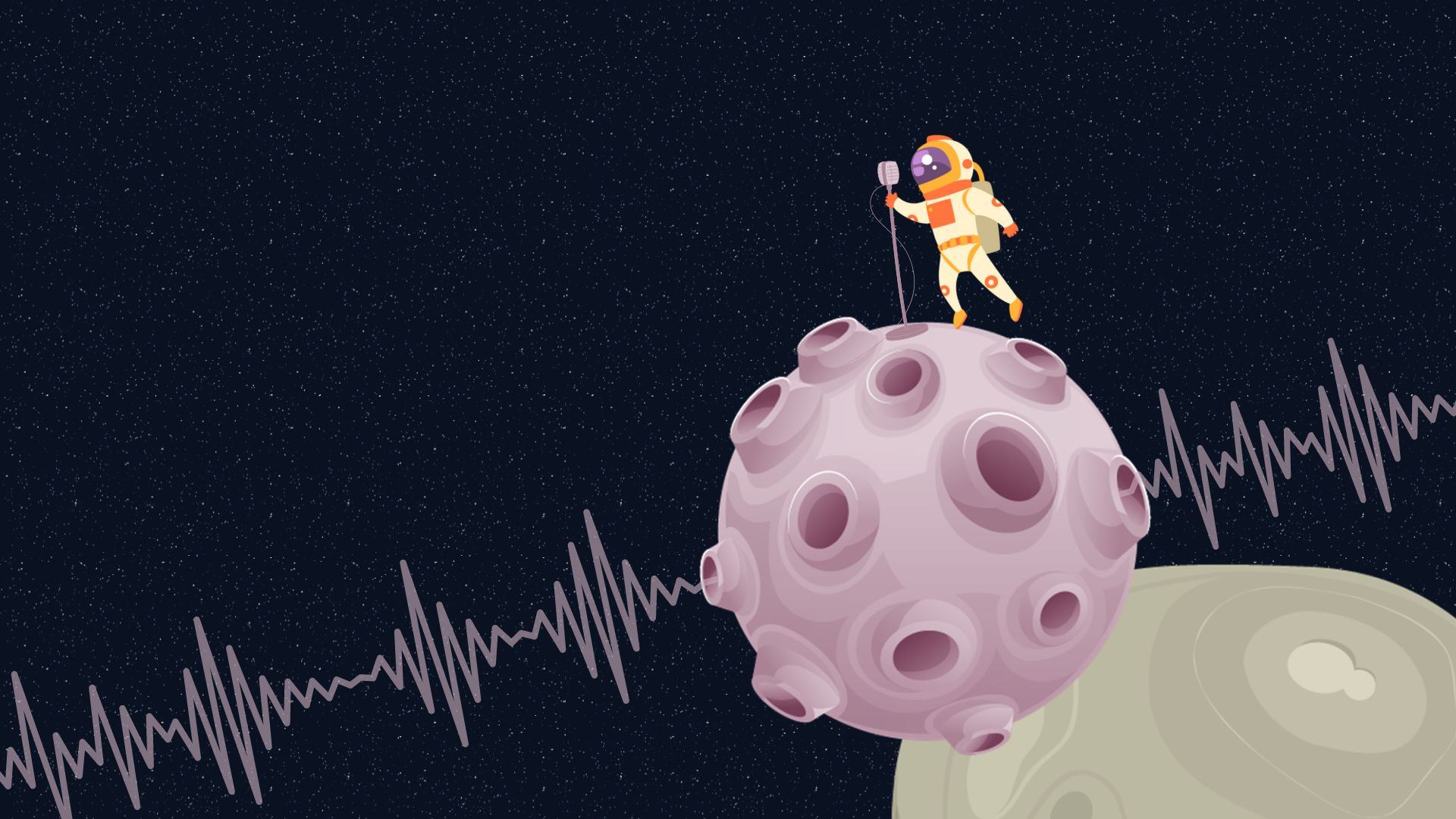In this captivating journey through the different movements in poetry, we’ll embark on a literary adventure to uncover the essence of romanticism, modernism, and other influential poetry movements. These unique literary periods have shaped the way we read, write, and appreciate poetry, each leaving its indelible mark on the history of literature.
Romanticism: The Age of Emotion and Imagination
Romanticism, a movement that originated in the late 18th century, was a reaction against the Enlightenment’s focus on reason and intellect. Poets of this era, such as William Wordsworth, Samuel Taylor Coleridge, and John Keats, sought to emphasise emotion, imagination, and the individual experience. The romantic poets frequently explored themes of nature, beauty, and the sublime, often evoking a sense of wonder and transcendence in their work.
Victorian Era: Poetry in a Time of Change
The Victorian era, spanning from 1837 to 1901, saw the emergence of poets like Alfred, Lord Tennyson, Robert Browning, and Emily Dickinson. As industrialisation and urbanisation swept through Britain, poets grappled with themes of progress, change, and social issues. The Victorian poets often depicted a sense of uncertainty and longing, reflecting the tumultuous times they lived in.
Modernism: Breaking Free from Tradition
Modernism, a movement that arose in the early 20th century, was marked by a desire to break away from traditional forms of poetry and experiment with new styles and techniques. Poets such as T.S. Eliot, Ezra Pound, and William Carlos Williams embraced innovation, fragmentation, and ambiguity in their work. The modernist movement also saw the birth of Imagism, a sub-movement that focused on precise imagery and clear, concise language.
Postmodernism: Challenging Conventions
Postmodernism emerged after World War II, characterised by its scepticism of grand narratives and a playful approach to language and form. This movement saw poets like Allen Ginsberg, Sylvia Plath, and John Ashbery pushing the boundaries of poetry even further, experimenting with irony, parody, and self-reflexivity. The Beat Generation and Confessionalism, two notable sub-movements, emerged during this time, each with their distinct styles and themes.
Symbolism: The Power of the Unseen
Originating in the late 19th century, the Symbolist movement aimed to evoke emotions and ideas through the use of symbolic imagery and suggestive language. Charles Baudelaire, Paul Verlaine, and Stéphane Mallarmé were among the prominent Symbolist poets, who sought to capture the elusive, transcendent nature of reality by focusing on the power of suggestion rather than explicit description.
In conclusion, the various movements in poetry have enriched the literary landscape, providing readers with an array of imaginative and thought-provoking works. By exploring the core tenets of romanticism, modernism, and other influential movements, we can gain a deeper appreciation of the beauty and complexity of the poetic art form.



